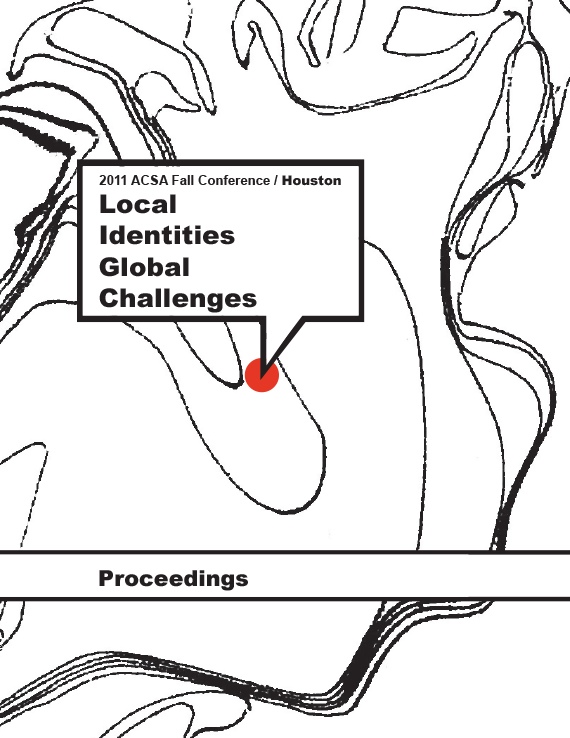Author(s): Marc Roehrle & Mo Zell
REDOX: reusing This design project reconsiders the embodied energy (intellectual, cultural, material, financial) of existing structures. Adaptive reuse is, in many situations, more sustainable than demolition. We propose altering and appropriating rather than demolishing an 800,000 square foot under-utilized structure. McCormick Place is optimally situated on Chicago’s lakefront. Given the potential public position of this amenity, we propose to REDOX the site by providing 2 new surfaces for outdoor public spaces capitalizing on the embodied energy of the existing building. By removing, launching, and floating the existing roof structure into the lake new public land, the ISLAND, is created. The remaining surface on the land, the INLAND, is draped with a surface that allows for flexible programing as the seasons change. (RE)DOX: reducing A large flexible open space (not found anywhere else on Chicago’s waterfront at this scale) covers 70% of the 800,000 square feet of the site while the edge to the east showcases the algae farm collection, public swimming pools, and specimen from the Shedd Aquarium (a linear aquarium). The east edge serves as a dynamic water zone lining the public promenade of the lakefront linking all its amenities. As a flexible surface, the INLAND has the potential of hosting active and passive activities. We surmise it can easily accommodate several soccer matches, or softball games, or 20,000 picnickers or 40,000 spectators watching the July 4th fireworks. The raised public space provides a ‘privileged position’ along the waterfront for the public. Commercial activities, water based think tank, etc. slides underneath the skin without compromising the public virtues of the site, its edges or the lakefront. The flexible skin hosts football fields, soccer pitches, softball fields in warmer weather and during the winter months a winter-sport haven with various ice skating venues. A new “ceiling” is created by stringing a canopy of lights and shading devices where the roof once was. These elements reemphasize the spatial parameters of the original site. RE(DOX): oxidation The ISLAND becomes a recreation barge and an algae farm. The recreation portion highlights lake style swimming, diving, and beaches in the summer and ice skating, ice fishing, and curling in the winter. The position on the lake gives recreational users a new ‘privileged position’ looking back to the Chicago skyline. A deck is placed along one edge. A beach surrounds the diving pond. Volleyball nets dot the sand. We also occupy the southern portion with many shallow rink-like algae ponds. Restorative algae ponds increase the vitality and quality of the Lake Michigan while filling the ISLAND with recreational users. The lipids found in the algae will be converted into biofuel.
Volume Editors
Ikhlas Sabouni & Jorge Vanegas

 Study Architecture
Study Architecture  ProPEL
ProPEL 
